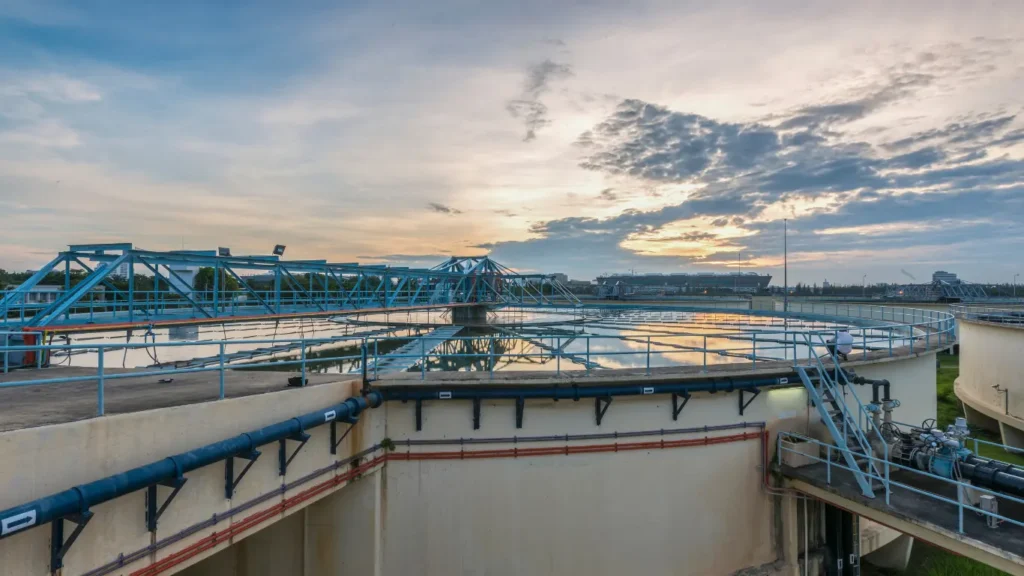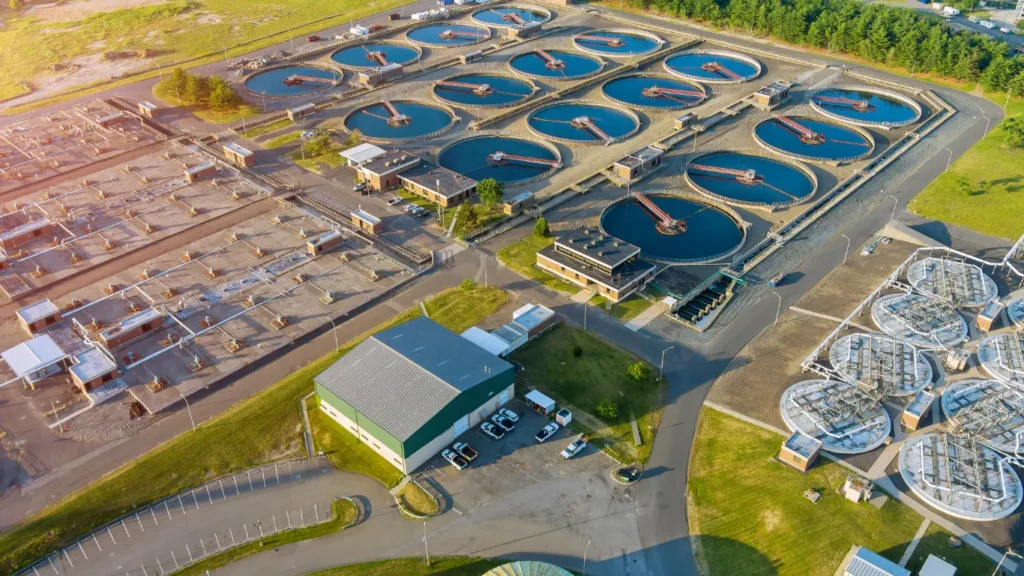Industrial processes and manufacturing often consume extensive amounts of water while simultaneously producing large volumes of wastewater. This wastewater may contain contaminants that are harmful to the environment and human health if discharged untreated. In a world facing increasing water scarcity, sustainable water management practices in industrial settings are more critical than ever. With Zero Liquid Discharge (ZLD), an innovative strategy gaining traction as a compelling solution.
What is Zero Liquid Discharge?
ZLD is a highly advanced wastewater treatment approach designed to eliminate all liquid waste from an industrial facility. A series of technologies purify wastewater to a high standard, enabling the facility to recover and reuse most of the water within it.
They convert the remaining concentrated brine into solid waste, which they again utilize for cooling practices. This effectively creates a closed-loop water cycle, minimising the need for fresh water intake and preventing harmful wastewater from entering the environment.
Discover more about the transformative impact of wastewater treatment and ZLD solutions on industrial water management!
What are the main Advantages of Zero Liquid Discharge?
Enhanced Water Conservation: Zero Liquid Discharge significantly reduces freshwater consumption, helping industries in water-stressed regions operate more sustainably and mitigate water scarcity risks.
Environmental Compliance: With the potential elimination of wastewater, Zero Liquid Discharge (ZLD) aids in meeting stringent environmental regulations and protecting surface water and groundwater from pollution.
Resource Recovery: ZLD systems can extract valuable salts, minerals, and other substances from wastewater, creating potential new revenue streams.
Minimised Waste Disposal Costs: By converting liquid waste into solids or powdered form, ZLD reduces the costs related with liquid waste transportation and off-site disposal.
Improved Corporate Social Responsibility: Adopting ZLD practices demonstrates a commitment to sustainability, boosting a company’s reputation and social responsibility profile.

Scaleban as a Backbone in Industrial Water Management and Conservation
Scaleban is a specialised water treatment technology designed to compete against conventional ZLD systems like Wastewater RO and MEE. Process starts with treated wastewater as it is utilised as makeup for cooling towers by eliminating fresh water consumption, where it operates at high COCs ranging from 15 to 20, maintaining TDS concentrations at 30%. Despite employing modest blowdown, plant performance remains uncompromised. With this, Scaleban plays a crucial role in supporting ZLD initiatives and achieving water conservation goals through several mechanisms:
Reduced Chemical Usage: Traditional methods of scale prevention often rely on antiscalent chemical usage , which can be costly and environmentally harmful. Scaleban offers an antiscalant chemical-free alternative, reducing the dependency on chemical treatment and minimising the environmental footprint of ZLD operations.
Energy Efficiency: Scaling can increase energy consumption in ZLD systems by reducing heat transfer efficiency in heat exchangers and evaporators. By preventing scaling, Scaleban helps maintain optimal energy efficiency, resulting in lower operational costs and reduced greenhouse gas emissions. Also elimination of wastewater RO and MEE can also save huge energy consumption on a daily basis with very controlled CO2 emission.
Long-Term Cost Savings: By extending the maintenance intervals and lifespan of ZLD equipment, Scaleban technology contributes to cost savings over time. The reduced need for repairs and replacements translates into lower operational expenses and improved overall profitability for industrial facilities.
Zero Liquid Discharge and the Sustainable Development Goals (SDGs)
ZLD aligns strongly with several of the Sustainable Development Goals (SDGs):
SDG 6 (Clean Water and Sanitation): ZLD contributes to SDG 6 by protecting water resources from contamination and ensuring the availability and sustainable management of water.
SDG 12 (Responsible Consumption and Production): ZLD supports SDG 12 by promoting sustainable industrial practices, reducing waste generation, and fostering closed-loop production systems.
Discover more about the transformative impact of wastewater treatment and ZLD solutions on industrial water management!
Conclusion
In an era of water scarcity, responsible water management is essential for the long-term sustainability of industries across sectors. Zero Liquid Discharge offers a solution for minimising water footprints, recovering valuable resources, and meeting environmental goals. By addressing challenges with Scaleban technology, industries can advance their water conservation and sustainability goals, contributing to a more sustainable future.
